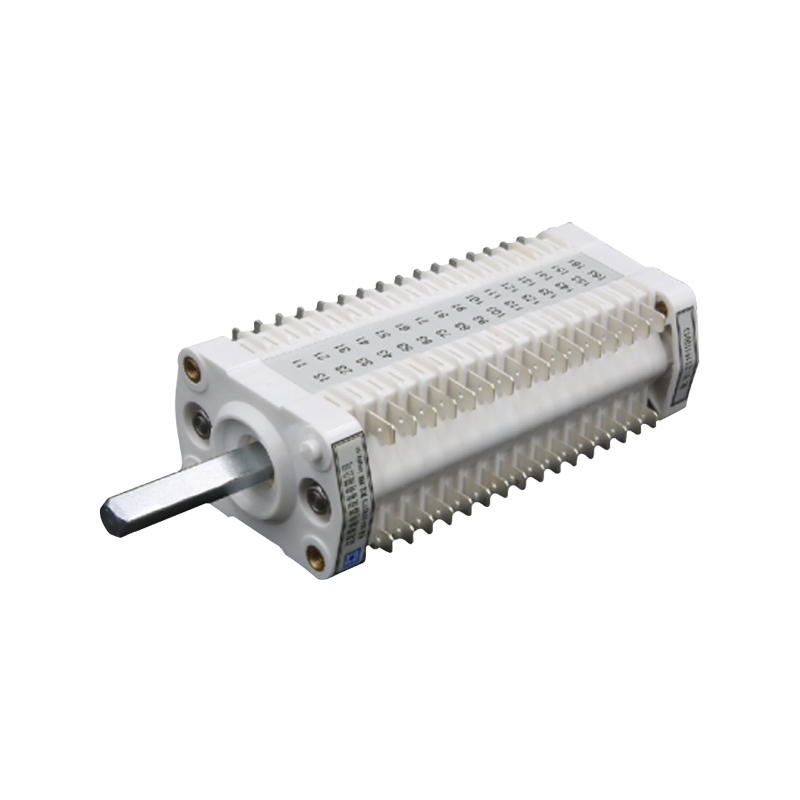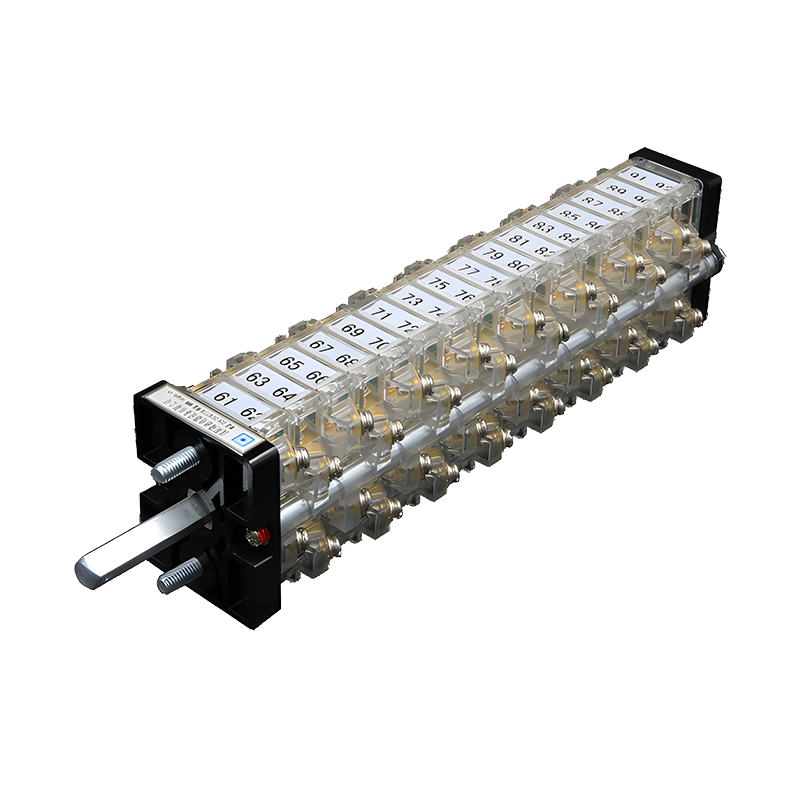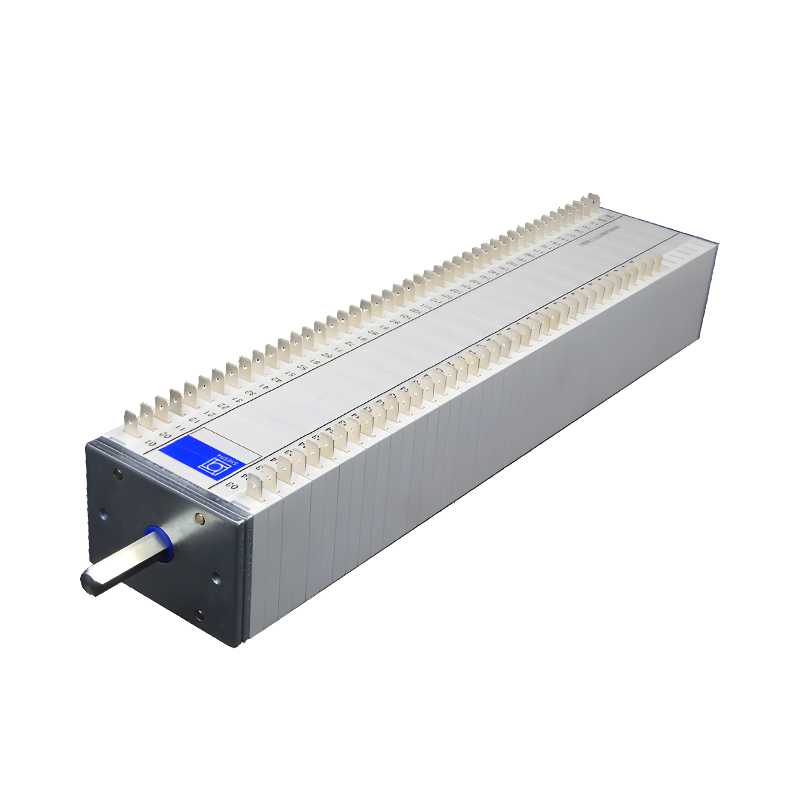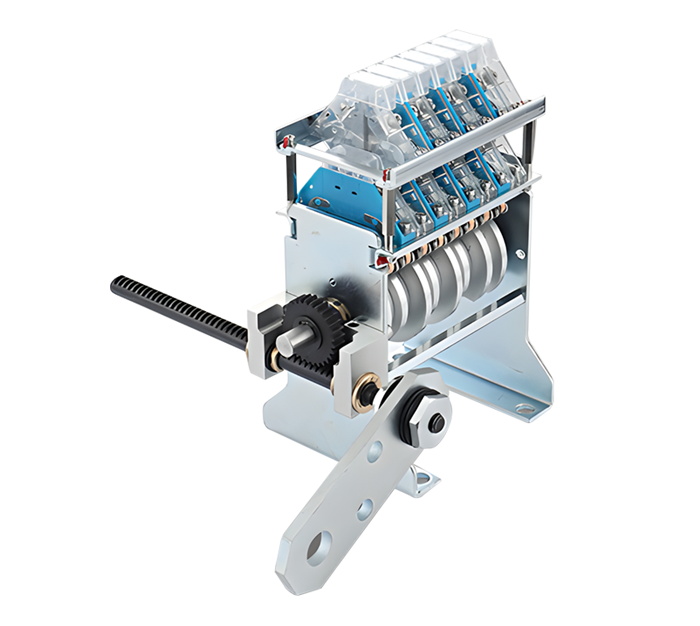

Discover the mysteries of auxiliary switches: How to determine how many are open and closed
Release time:2024-05-21
Auxiliary switches play a crucial role in electrical engineering and everyday life. They are an integral part of control circuits and determine the smooth flow of electricity. For those who are not familiar with the electrical field, understanding how auxiliary switches work and how to determine their “open or closed” state can be a challenge. Today, let's unravel the mystery of auxiliary switches and discover their secrets.
Auxiliary switches, often referred to as relays or contactors, are electrical control devices that can switch or change the current path in a circuit through an internal electromagnetic mechanism under the action of an input (excitation) signal. Simply put, they are like gatekeepers in a circuit, deciding which paths are open and which are closed on command.

In order to determine how “open or closed” an auxiliary switch is, we need to understand the following key points:
1. Switch type: First, you need to identify the type of auxiliary switch. Commonly, there are single-pole, single-throw (SPST), single-pole, double-throw (SPDT), double-pole, double-throw (DPDT), etc. These types determine how many switches can be controlled. These types determine how many circuit paths the switch can control.
2. Number of Poles and Number of Throws: The number of poles of an auxiliary switch refers to the number of different circuit paths it controls, while the number of throws refers to the number of different positions that can be connected to each pole. For example, a two-pole, two-throw switch can control two circuit paths and have two possible connection locations for each path.

3. Status Indication: Many auxiliary switches have status indicators, such as lights or markers, that show the current switch state. If the switch is closed, current can flow; if it is open, current is blocked.
4. Use a multimeter: If there is no obvious status indication, you can use a multimeter to check the status of the auxiliary switch. Set the multimeter to resistance and touch the probes to the two terminals of the switch. If the reading indicates a resistance (usually a very small value), then the switch is closed; if there is no resistance (infinity), then the switch is open.
5. Symbol Interpretation: Auxiliary switches usually have identifying symbols on them or in the accompanying documentation that tell you how each pole is connected in different states. Understanding these symbols is the key to determining the status of the switch.

6. Hands-on: In some cases, you may need to physically operate the auxiliary switch to determine its status. By observing the action of the switch and feeling its mechanical feedback, you can conclude whether it is on or off.
Through the above methods, we can accurately determine the auxiliary switch's “open or closed” status, thus ensuring the correct operation and safety of the circuit. Auxiliary switch is small, but holds the lifeblood of the current, they are indispensable components of modern electrical control systems.

In a world full of technology, understanding the working principle and state judgment of auxiliary switches is not only an in-depth exploration of electrical knowledge, but also a tribute to the ubiquitous electrical equipment in our lives. The next time you are confronted with an auxiliary switch, think back to today's knowledge and you will find yourself with a deeper understanding and respect for it.
Auxiliary switches, often referred to as relays or contactors, are electrical control devices that can switch or change the current path in a circuit through an internal electromagnetic mechanism under the action of an input (excitation) signal. Simply put, they are like gatekeepers in a circuit, deciding which paths are open and which are closed on command.

In order to determine how “open or closed” an auxiliary switch is, we need to understand the following key points:
1. Switch type: First, you need to identify the type of auxiliary switch. Commonly, there are single-pole, single-throw (SPST), single-pole, double-throw (SPDT), double-pole, double-throw (DPDT), etc. These types determine how many switches can be controlled. These types determine how many circuit paths the switch can control.
2. Number of Poles and Number of Throws: The number of poles of an auxiliary switch refers to the number of different circuit paths it controls, while the number of throws refers to the number of different positions that can be connected to each pole. For example, a two-pole, two-throw switch can control two circuit paths and have two possible connection locations for each path.

3. Status Indication: Many auxiliary switches have status indicators, such as lights or markers, that show the current switch state. If the switch is closed, current can flow; if it is open, current is blocked.
4. Use a multimeter: If there is no obvious status indication, you can use a multimeter to check the status of the auxiliary switch. Set the multimeter to resistance and touch the probes to the two terminals of the switch. If the reading indicates a resistance (usually a very small value), then the switch is closed; if there is no resistance (infinity), then the switch is open.
5. Symbol Interpretation: Auxiliary switches usually have identifying symbols on them or in the accompanying documentation that tell you how each pole is connected in different states. Understanding these symbols is the key to determining the status of the switch.

6. Hands-on: In some cases, you may need to physically operate the auxiliary switch to determine its status. By observing the action of the switch and feeling its mechanical feedback, you can conclude whether it is on or off.
Through the above methods, we can accurately determine the auxiliary switch's “open or closed” status, thus ensuring the correct operation and safety of the circuit. Auxiliary switch is small, but holds the lifeblood of the current, they are indispensable components of modern electrical control systems.

In a world full of technology, understanding the working principle and state judgment of auxiliary switches is not only an in-depth exploration of electrical knowledge, but also a tribute to the ubiquitous electrical equipment in our lives. The next time you are confronted with an auxiliary switch, think back to today's knowledge and you will find yourself with a deeper understanding and respect for it.
